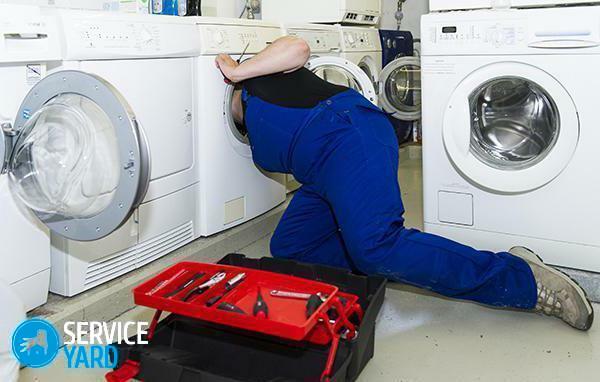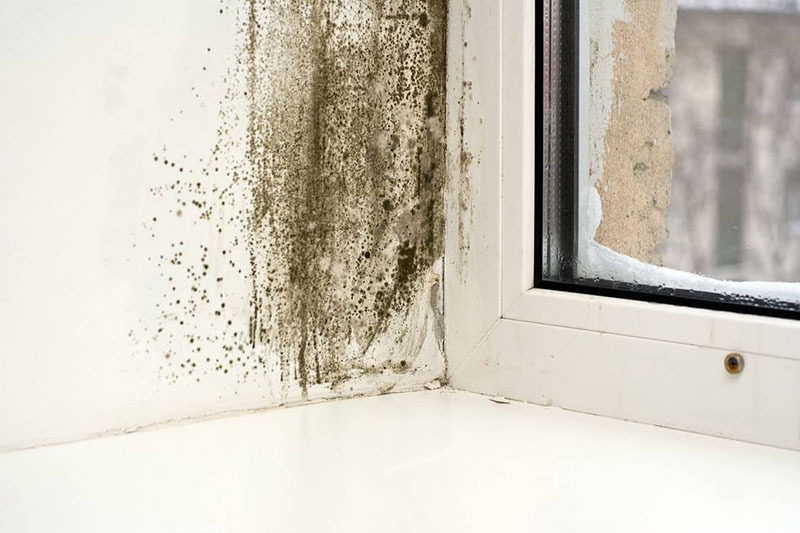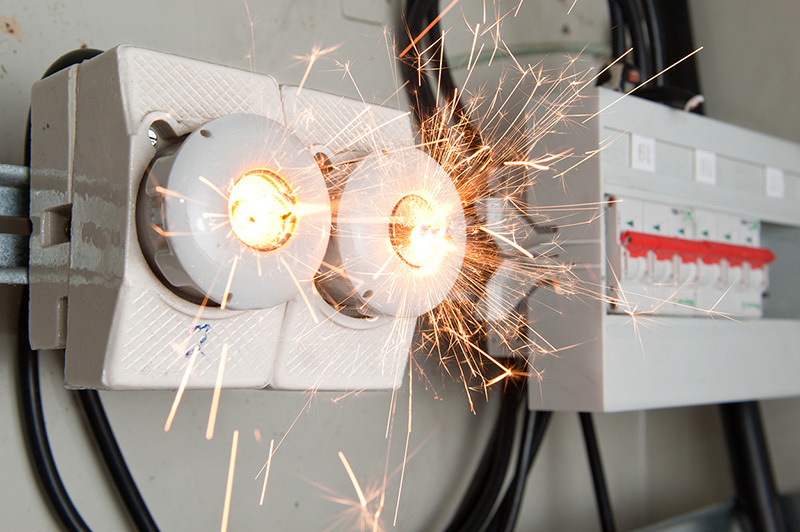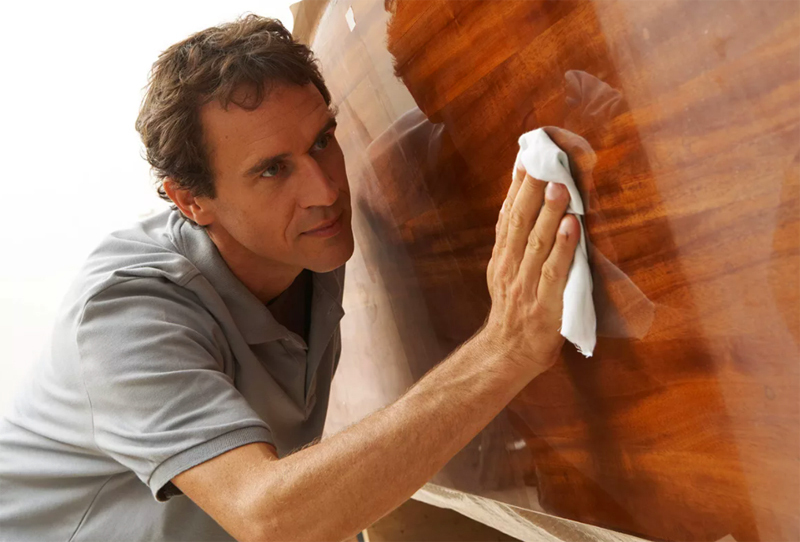
- Reasons for water entering the switched off washing machine
- Common malfunctions of washing machines and their elimination
- Preventative measures against such leakage
Often, the owners of washing machines face the fact that when they are about to load dirty laundry into the drum, they find water in it,although the last time at the end of the selected washing mode it was not there. Naturally, this phenomenon can not only disappoint, but also cause a lot of questions related to solving this problem. If there is water in the washing machine, when it does not work, this is an obvious reason to think about the correctness of its work. First you need to find out where the water came from, not connected to the mains. And how to do it, you will learn from the article below.
to the contents ↑Reasons for getting water in the switched off washing machine
In fact, the liquid in the drum may appear for many reasons, but first you need to check how correctly the drain hose is connected to the machine. So, why does the water in the drum remain in the washing machine:
- The unit is connected to the siphon much higher than the knee. In principle, this connection option can not be called wrong, but if the sewerage is blocked, the water will begin to fill the car through the drain hose directly from the washbasin. To avoid this, a return fuse valve is installed in the drain outlet, that is, a thin rubber band that allows the water to go directly to the sewer and immediately closes the back access. Unfortunately, it is not present in all siphons.
- Completely new devices can simply be incorrectly connected to the sewer. It is because of this that a sudden drop of water into the drum from the riser can occur.
- Damage to the flow water valve of the rust water and sand particles. Therefore, it can work inferiorly, and pass water. More often this malfunction passes by itself, that is, the garbage itself is washed out of the valve.
Common malfunctions of washing machines and their elimination
It often happens that the washing machine receives water when it is turned off and water can accumulate in various parts and details. Let's look at the most popular problems associated with the accumulation of water and how to eliminate them.
Water is collected in the drum
If you find the liquid directly in the loading hatch of the washing machine, the drainage system is likely to be clogged or the drain pump has failed. To solve this problem it is possible by twisting and checking the filter of the pump, after all, it is possible that there was formed clog.
Important! It is a heavily clogged filter that most often does not allow water to escape from the drum.
 If the filter is completely clean, it means - the pump is broken, while it still produces a characteristic buzzing sound. First, the machine stops washing, and when it is restarted it starts working again.
If the filter is completely clean, it means - the pump is broken, while it still produces a characteristic buzzing sound. First, the machine stops washing, and when it is restarted it starts working again.
Important! With subsequent washing, the pump breaks down more and more often, so it's best to replace it, so as not to get more serious problems.
Water comes from the sewage system
Often, sewage enters the device due to improper connection to the sewage system, that is, the drain hose is unsuccessfully located. Therefore, it is necessary, first of all, to check whether its installation meets the recommendations of the manufacturer, if there are deviations from the indicated norms - to correct the situation.
If the connection is made well, the clogged pipe may be the cause of the failure. The water draining into the sewerage system begins to accumulate gradually, and without having another outlet, it simply flows back into the machine through a hose.
Clean up the clogging is easy enough on its own.
Tap water
accumulates in the machine When water enters the machine directly from the water supply, the cause of the malfunction is the failure of the intake valve. And this can happen for many reasons:
- If water contains too many small stones and sand, they can clog the valve and prevent it from operating normally.
- The valve can also be trite to wear.
- It happens that the problem lies in the failure of the wiring or other element of the machine.
- Sometimes in the washing machine water is collected when it does not work due to unauthorized start-up of the valve, which is due to a short circuit resulting from the voltage generated on the body of the device.
In any case, it is enough to simply clean or replace the valve, as well as repair the malfunction of a particular element.
Important! Naturally, the blockage can be eliminated and independently, but it is better to entrust the check and repair of the wiring to a professional.
Water accumulates in the detergent compartment
Of course, if there is very little water left after washing in the powder tray, then there is nothing to worry about. But if the rinse aid compartment is filled with water to the edges, then it is necessary to find out the cause of the breakdown as soon as possible and deal with its elimination:
- You may not wash the hopper after washing it from the rests of powder and rinse, therefore this recommendation should not be neglected.
- Maybe the machine itself is uneven. If it is slightly tilted forward, the water will remain inside the tray inevitably. To eliminate this malfunction, you just need to reinstall the unit using the building level.
- It is also not recommended to use substandard detergents, as they can cause clogging in the opening of the dispenser grate.
- Do not pour too much powder.
- No less common cause is the weak pressure of water. Because of this, the powder can not be completely removed from the hopper and thus clog the hole in the dispenser.
Water accumulates on the
sealing cuff. This phenomenon is considered quite normal, you do not have to worry too much about the presence of liquid in the rubber band. But one must not allow its permanent presence here, so that mold does not begin to form there, which can cause an unpleasant smell.
Important! Take the rule after each wash dry the cuff and leave the door ajar.
The drainage filter is filled with water
It is not a problem to call the accumulation of water in the drain filter, because this is due to the connection to the sewage drain of the washing machine. That is why the water enters the washing machine when it is turned off, because the drain is inextricably linked to it.
The correct installation involves installing the drain hose at a certain height from the floor in the form of a hinge. If you do not make the same loop, the water will be constantly chaotically recruited and merge.
to content ↑Preventative measures against such leaks
Remember that if a solenoid valve fails, the water will fill the tank until it pours directly to the floor, which can lead to a real flood, not only with your bathroomroom, but also neighbors. Therefore, such faults must be eliminated.
It is best to install a special faucet directly into the washing machine at the entrance. And as soon as the cycle of washing is completed, you just need to close the tap, then - the water will not exactly fall into the machine itself, or in its other elements.
Important! Mount it is recommended near the tapping on the main pipeline to prevent leakage due to the breakthrough of the filler hose.
We hope you managed to figure out the reason for the problem, when the washing machine gets water, if it does not work. Accordingly - half of the case has already been done, it remains only to correct the defect in the connection, the location of the equipment or to eliminate existing clogs and worn parts.



